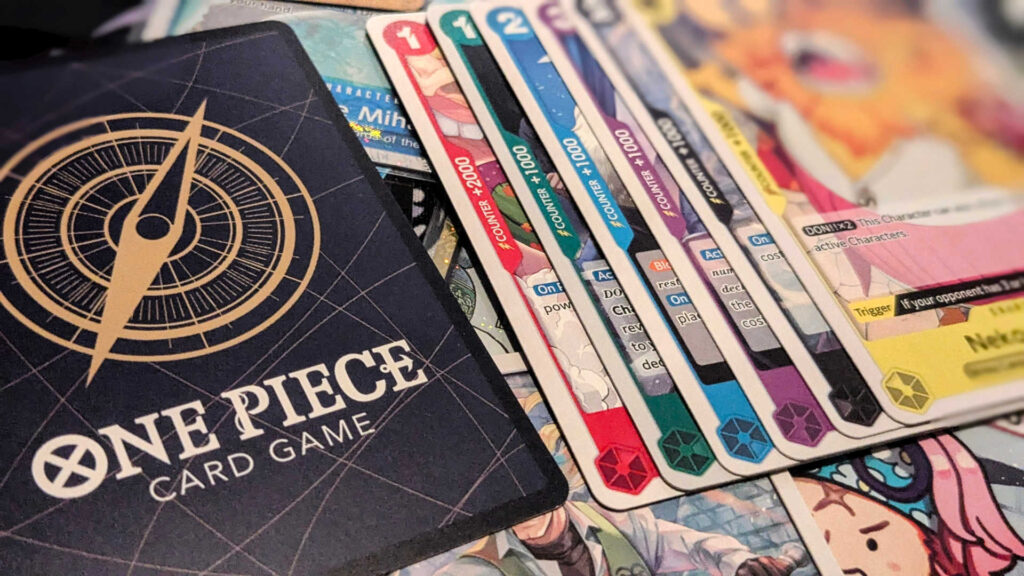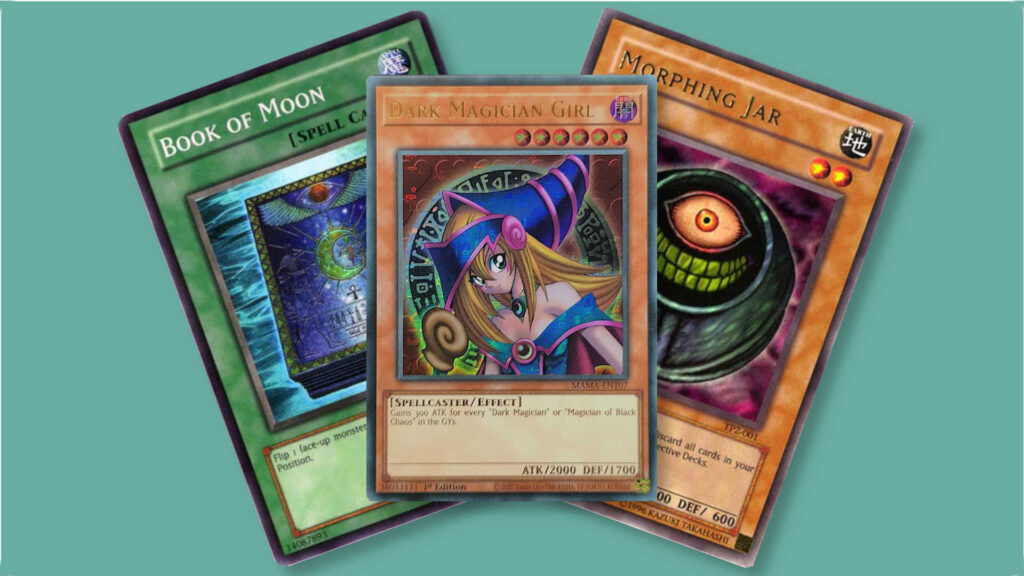Just like many other trading card games, or TCGs, before (and since!) it was released, the One Piece Card Game has a color system, which is primarily used to dictate which cards are allowed in each player’s deck. There’s more than just a card’s eligibility to be included in each deck, however, with each of the six different colors in One Piece having different characteristics, which can affect a deck’s strategy and playstyle. What do each of them represent, and how do they play? Let’s find out, as we take a look at all colors in the One Piece Card Game!
Table of Contents
ToggleThe Six Colors in the One Piece Card Game
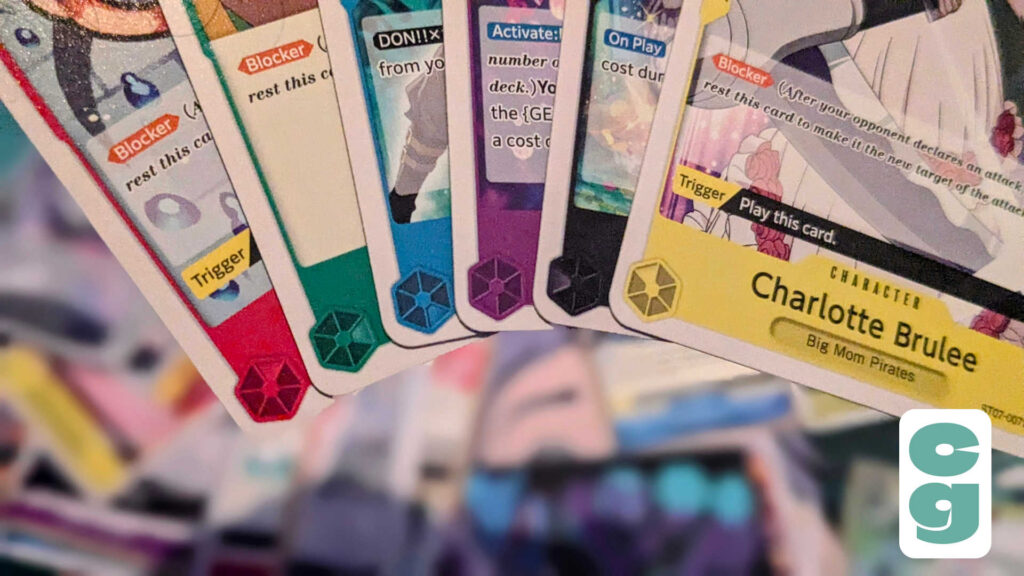
The six colors are arranged in a hexagon, and each one has its own space in the shape, which appears on the bottom left of each card. The color theme of a card’s borders will also be in the correct color too, so it’s easy to see what color a card belongs to.
Red

Red is the first color if you go from the top of the color hexagon and aim to move around it clockwise (which is what we’ll be doing!); appropriately so, as it was the color of the first ever starter deck for One Piece: ST-01, which featured the Straw Hat Crew.
Red is known to be speed and power focused; many red cards feature the Rush keyword, which allows cards to bypass the standard one turn delay, and attack on the turn they’re played. In terms of power, red cards tend to be good at dealing decent amounts of damage, as quickly as possible.
Green
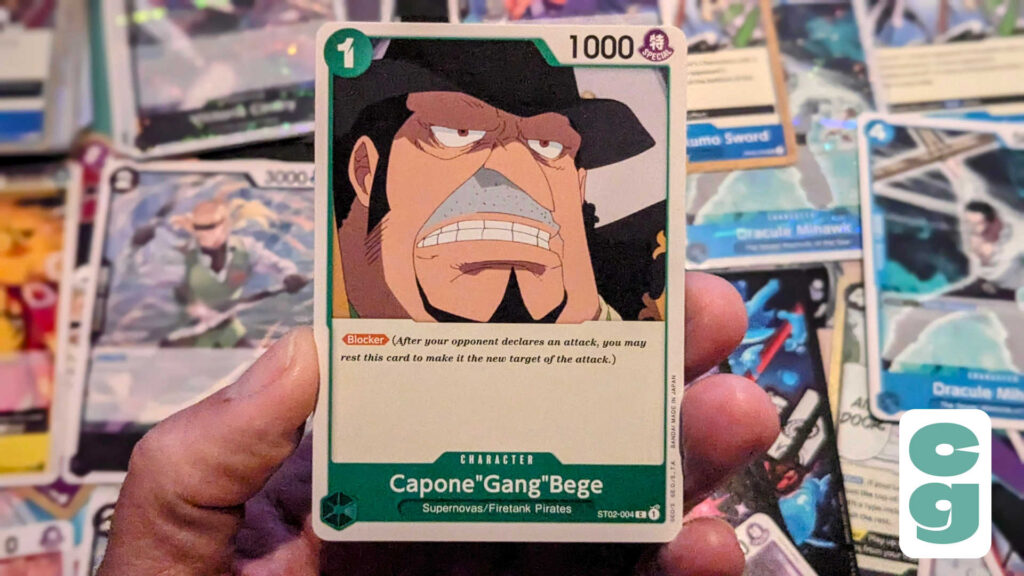
The next color on the hexagon is green, which is good for manipulating the tempo of the game; that is to say that it uses different mechanics to rest, slowing the pace of the game, then accelerating the addition of DON!! cards, the One Piece Card Game’s primary resource.
Blue
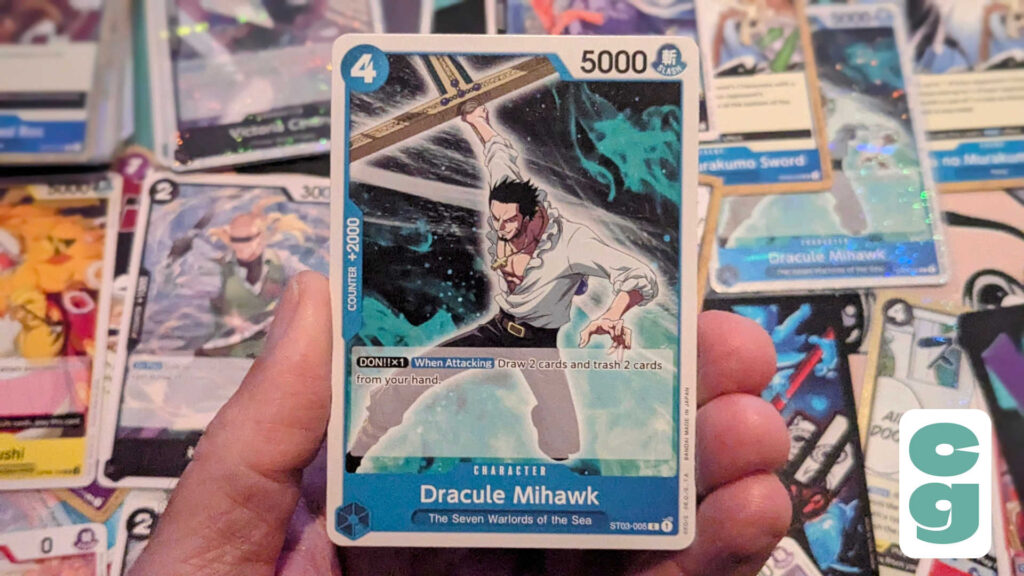
Known as a “control” color in games such as Magic: The Gathering, blue has a similar function in the One Piece Card Game too. Blue cards focus on manipulating the current play area, draw decks, and even hand size, often affecting the opponent too. Though blue is a slower color to use, it rewards patience and clever play.
Purple
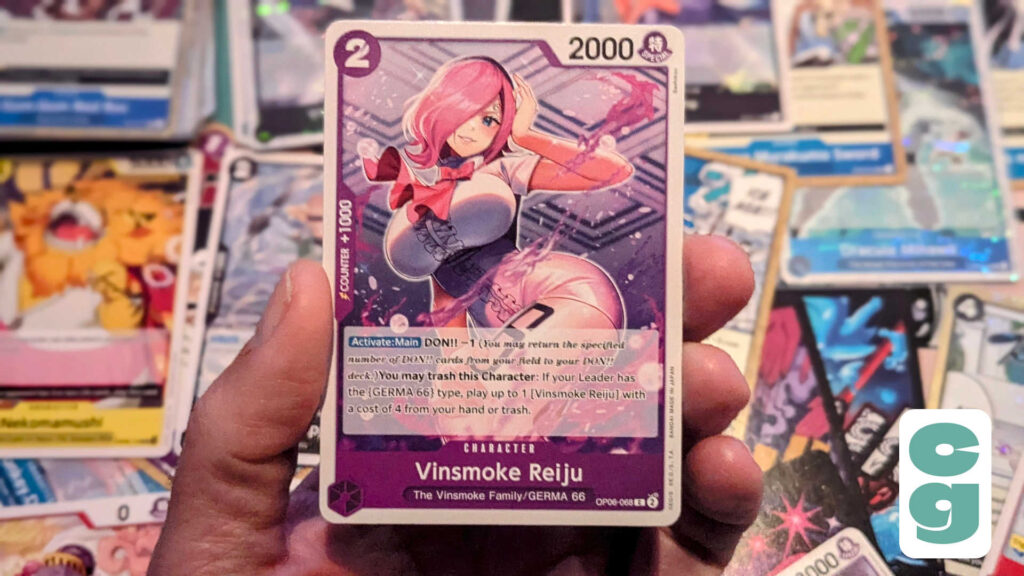
Though it can use DON!! acceleration (or “ramping” in the parlance of many TCGs) like green, purple cards can be used to slow or otherwise affect the DON!! cards of the opposing player. This can sometimes be dangerous, as it may require the use of precious Life cards, but the reward for taking the plunge is often worth playing the game a little dangerously.
Black
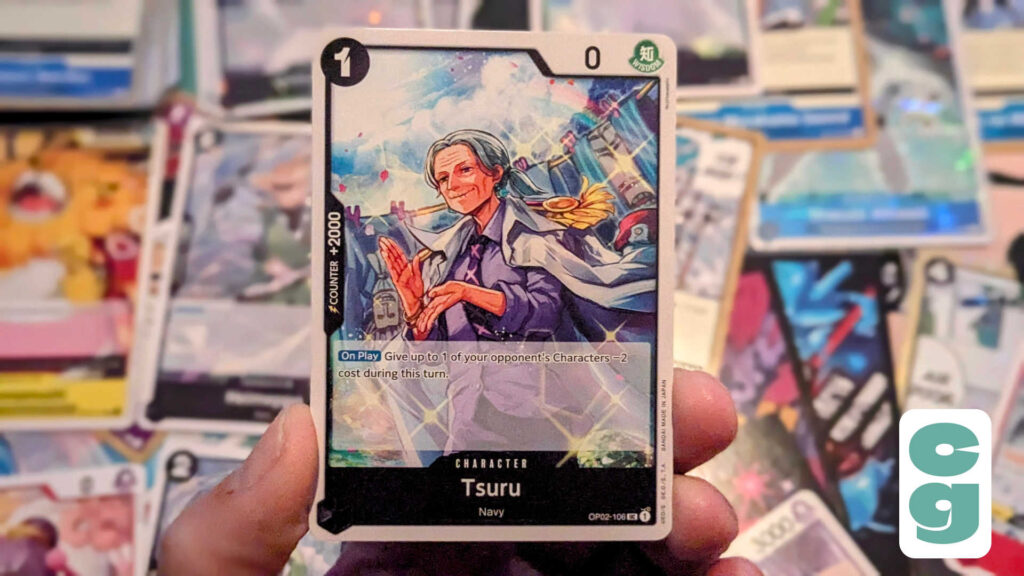
Renowned as one of the strongest and most effective colors in the game, black is what’s known as a “removal” color; that is, it’s very good at getting rid of opposing Characters, and other cards too. When I first played One Piece, some of the abilities on certain black cards really confused me. Why would I want to lower the cost of cards on my opponent’s side, for example? Knowing that black can often remove lower cost cards made those pieces fall into place, however, and it’s this type of removal that black really excels at!
Yellow
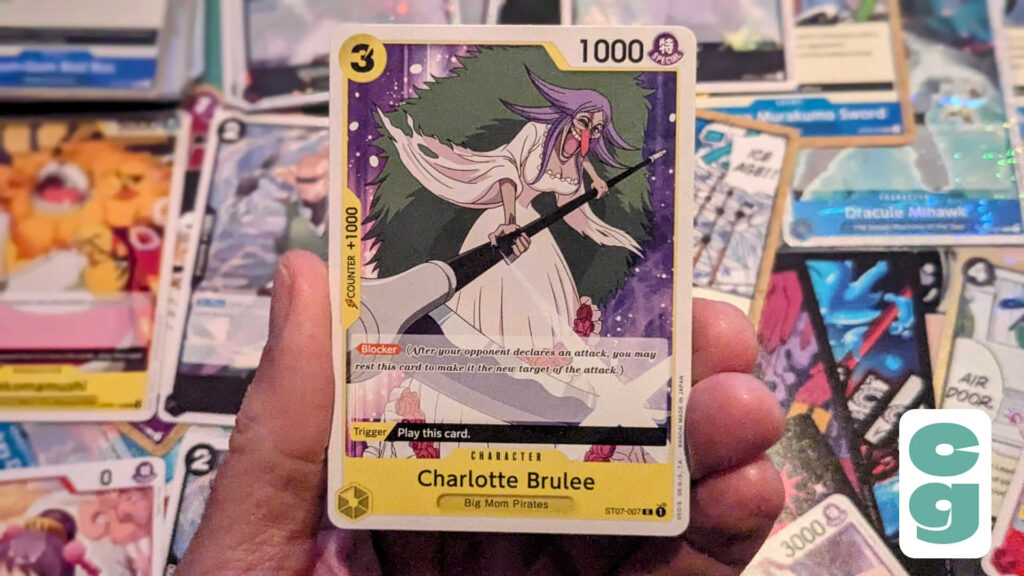
The newest color to have been introduced, yellow cards didn’t make an appearance until the third set, Pillars of Strength, and they tend to be focused on Life cards and healing. They’re also often reliant on trigger effects, and though they can be a little complicated (overwhelming, even) in terms of their mix of keywords and effects, players who know how to best use yellow cards can often have the most satisfying experience with the One Piece Card Game. However, we’d definitely not recommend trying to learn the game with a yellow deck!
Using the Different Colors in Your One Piece Card Game Deck
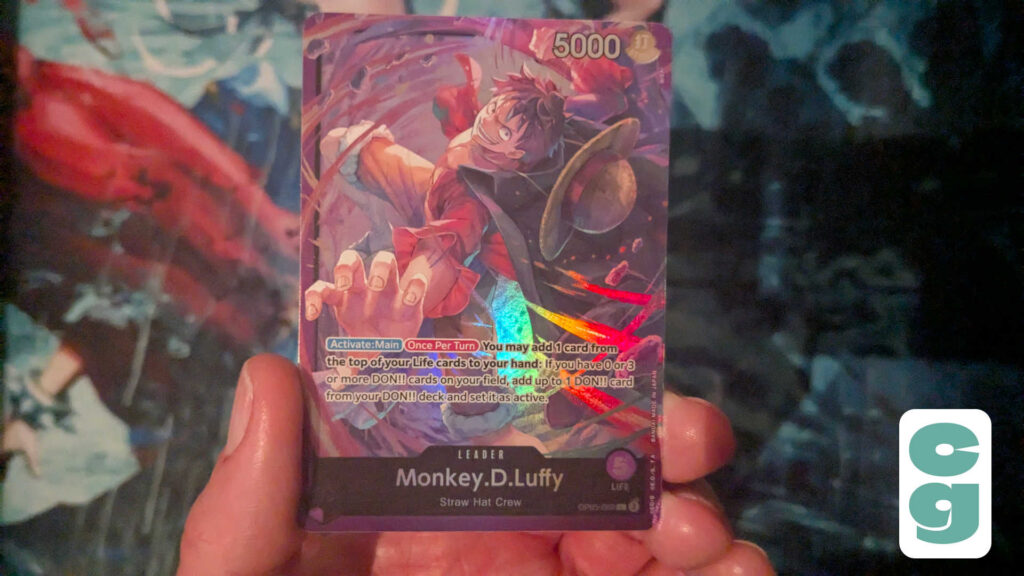
When building a deck for the One Piece Card Game, all cards in the deck must match the color of your Leader card; for example, the Monkey D. Luffy card shown above is purple, so all cards in the deck must also be purple. However, right from the first set (Romance Dawn), there have been dual-color Leaders, giving players the option to use two different color types in their decks. Using the above information on what each color does is useful for deciding which Leader to use, and therefore which colors you have in your deck, to suit your preferred way to play One Piece.
Want more information on the One Piece Card Game? Read our comprehensive guide on how to play One Piece, check out our guide to the One Piece Card Game’s different card types, and our guide to the game’s card rarities.


